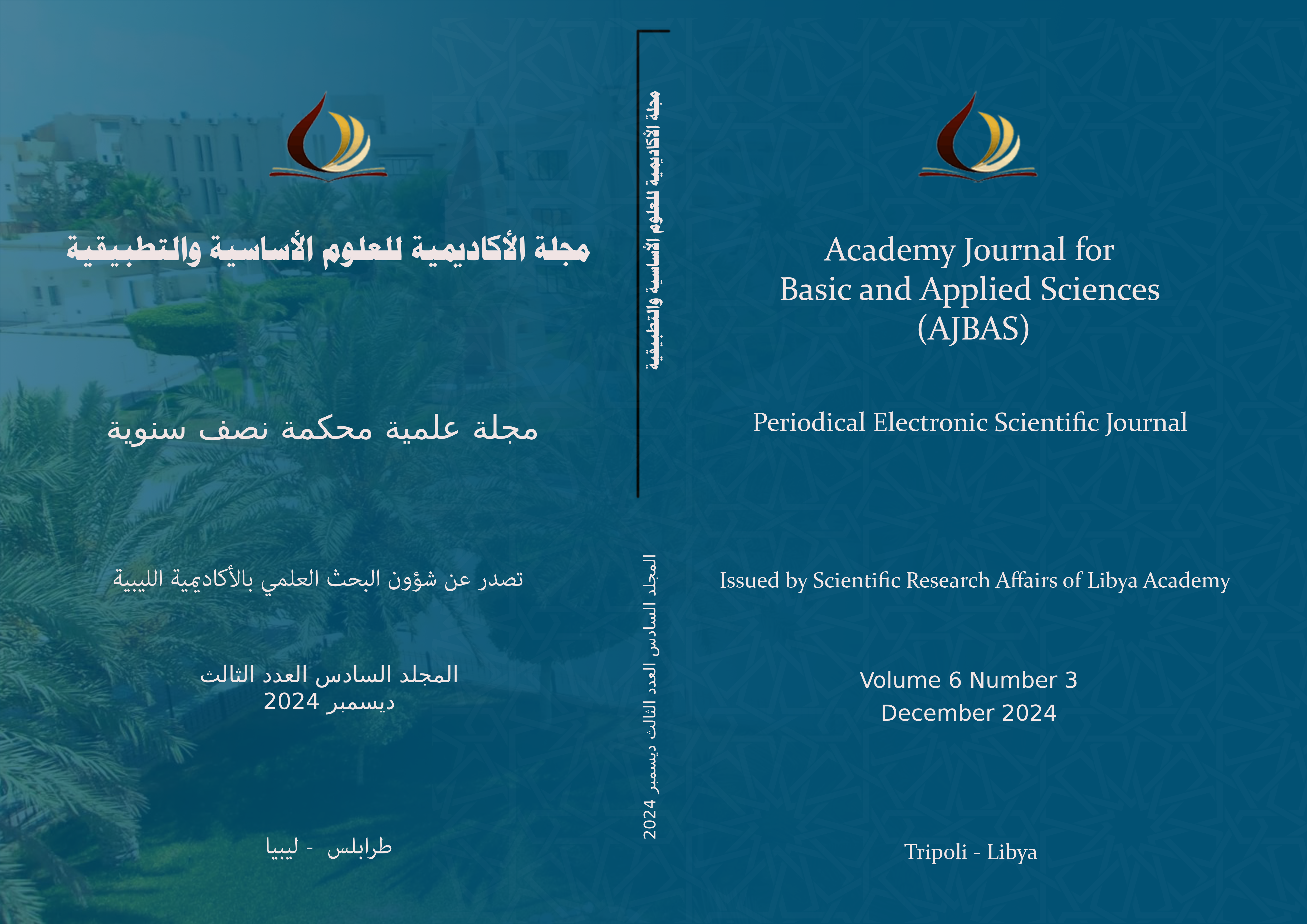Enhancing the Growth of Wheat (Triticum aestivum L.) Through Putrescine Application Under Drought Stress Conditions
Main Article Content
Abstract
Drought stress is one of the main factors restricting growth and development in subtropical area where wheat is being grown. Field experiments were conducted in the Aren field -toralbaha district, Lahj governorate, Yemen to study the effects of putrescine application on the morphological and physiological characters of plants under drought conditions. The experiments was arranged using a randomized complete block design with two factors (1) putrescine treatment (0, 1.25, and 2.5 mM) and (2) drought stress (DS) consisting of 50% water irrigation and 100% well watering (WW). One week prior to heading and one week following the anthesis stage, the aerial portions of the plant were sprayed with putrescine. Some characteristics of morphology and physiology were observed and analyzed. The Results indicated that drought stress had a substantial impact on the majority of growth parameters; however, putrescine treatment significantly increased plant growth, with the exception of plant height. More malondialdehyde (MDA) content and less superoxide dismutase (SOD) activity during drought stress. Putrescine, interestingly, was able to raise SOD activity and lower MDA concentration in both conditions. The effects of drought stress were seen in leaf relative water content, total soluble sugar, and proline. The amount of proline, total soluble sugar, and relative water content all rose after putrescine treatment. There was a suggestion that putrescine could enhance the development and resilience of wheat cultivated in drought stress condition.

